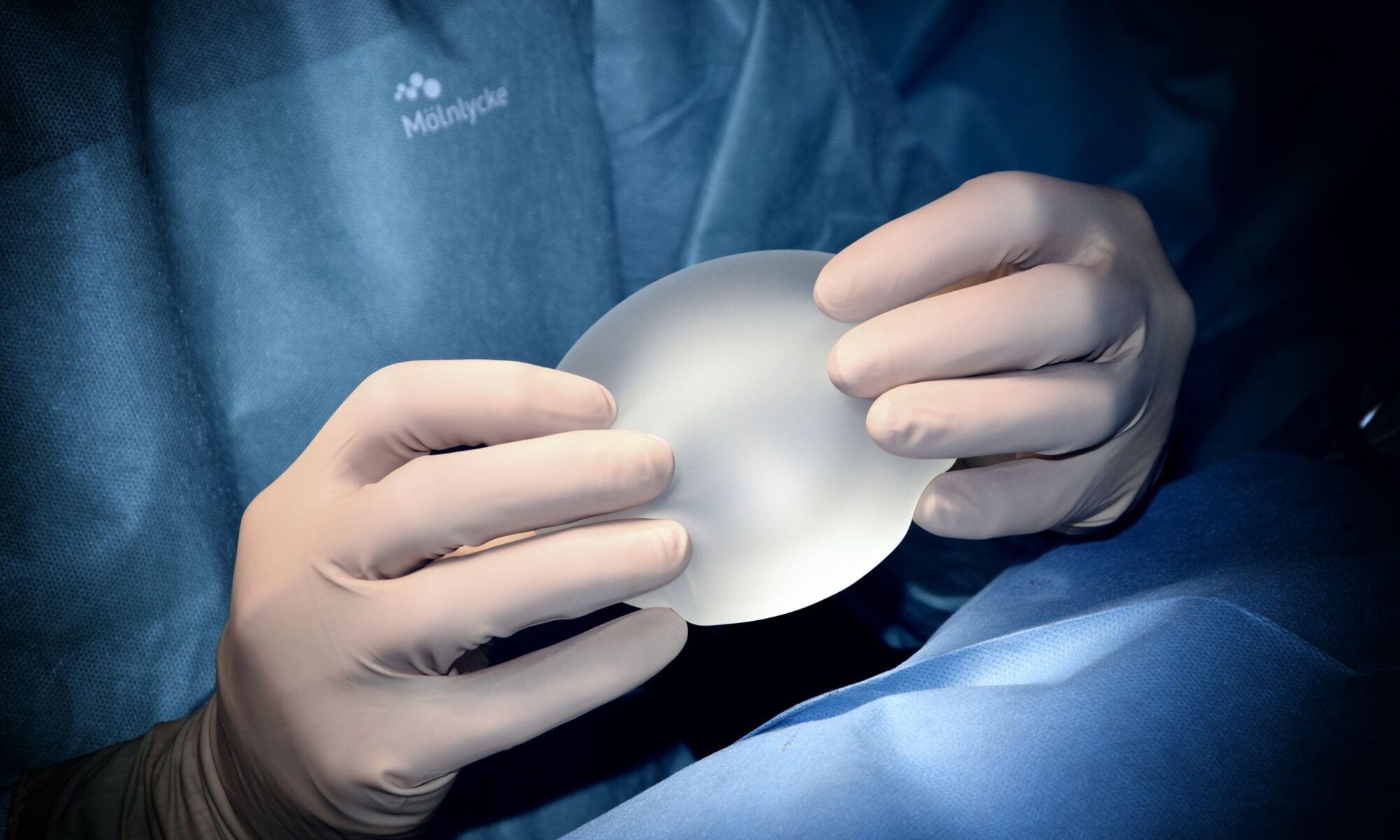Introduction:
When considering a cosmetic procedure like fat transfer breast augmentation, one of the most powerful tools for patients to visualize potential outcomes is the use of before and after pictures. These images not only serve as a testament to the transformative power of the procedure but also provide a realistic glimpse into what can be achieved through this increasingly popular form of breast enhancement. In this comprehensive guide, we will delve deeper into the world of fat transfer breast augmentation, showcasing the before and after results and examining the grammatical intricacies of discussing such transformations.
Understanding Fat Transfer Breast Augmentation:
Fat transfer breast augmentation is a surgical procedure that enhances the size and shape of the breasts without the use of implants. Instead, it involves harvesting fat from other areas of the patient’s body, such as the abdomen, thighs, or hips, through liposuction. The fat is then processed and meticulously injected into the breasts to increase volume and improve contour.
The Grammar of Transformation:
Discussing before and after pictures, particularly in the context of fat transfer breast augmentation, necessitates a precise use of language. The phrase “Fix this grammar: Before and after pictures of fat transfer breast augmentation” could be more accurately phrased as “Correcting the Grammar: Before and After Pictures of Fat Transfer Breast Augmentation.” This refined statement not only addresses the need for grammatical precision but also underscores the importance of clarity when depicting such personal and significant changes.
The Photographic Evidence:
Before and after pictures serve as a visual diary of a patient’s journey through fat transfer breast augmentation. These images are often displayed side by side to present a clear contrast between the initial state and the postoperative results. The power of these photographs lies in their ability to communicate the effectiveness of the procedure without the need for extensive verbal descriptions.
Patient Candidacy and Expectations:
Not everyone is an ideal candidate for fat transfer breast augmentation. Suitable patients should have sufficient fat reserves for harvesting and realistic expectations about the results. Understanding that before and after pictures represent individual outcomes is crucial, as each patient’s body is unique and will respond differently to the procedure.
The Surgical Procedure Explained:
Fat transfer breast augmentation is a multi-step process that begins with consultation and planning, followed by the harvesting and purification of fat, and finally, the careful injection of the fat into the breasts. The technique requires a skilled surgeon who can artfully sculpt the breasts for a natural and aesthetically pleasing outcome.
Recovery and Aftercare:
Postoperative care is critical for ensuring optimal results. Patients should follow their surgeon’s instructions regarding rest, medication, and the wearing of compression garments. The recovery period varies for each individual, but most can expect to resume normal activities within a few weeks, with full results becoming more apparent as the swelling subsides and the fat grafts stabilize.
The Power of Visual Communication:
In an age where visual content dominates, before and after pictures are powerful tools for surgeons to display their work and for patients to make informed decisions. These images provide a transparent and tangible point of reference for those contemplating fat transfer breast augmentation.
The Role of Comprehensive Documentation:
Before and after pictures should be accompanied by detailed documentation, including patient consent, to ensure ethical considerations are met. The documentation process adds a layer of professionalism and accountability to the presentation of these transformative images.
Embracing the New You:
The journey through fat transfer breast augmentation culminates in the patient’s acceptance and celebration of their enhanced figure. The before and after pictures stand as a testament to the journey and the skilled work of the surgeon, but most importantly, to the patient’s courage and decision to pursue their aesthetic goals.
Conclusion:
In sum, before and after pictures of fat transfer breast augmentation provide an essential visual framework for understanding the potential outcomes of this procedure. They offer a candid look at real results and help set realistic expectations for prospective patients. It is important to approach these images with a discerning eye and to acknowledge the unique transformation each patient undergoes. When discussing such sensitive topics, grammatical precision enhances clarity and professionalism, as reflected in the phrase “Correcting the Grammar: Before and After Pictures of Fat Transfer Breast Augmentation.” The beauty of this procedure lies not only in the physical results but in the confidence and satisfaction it brings to patients, captured beautifully through their before and after narratives.










